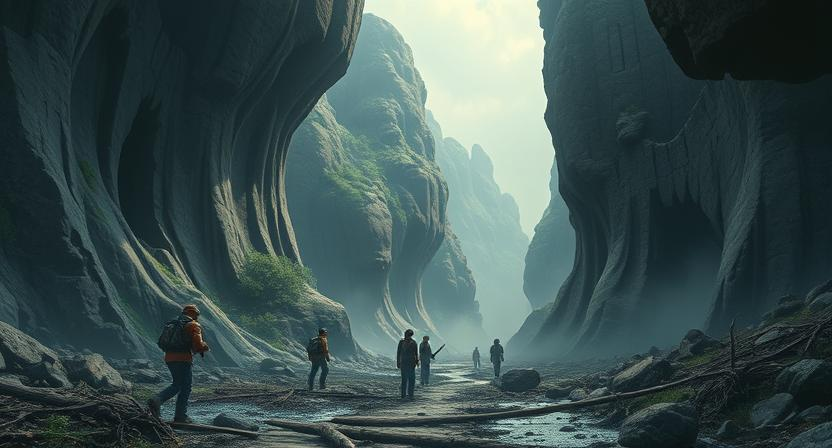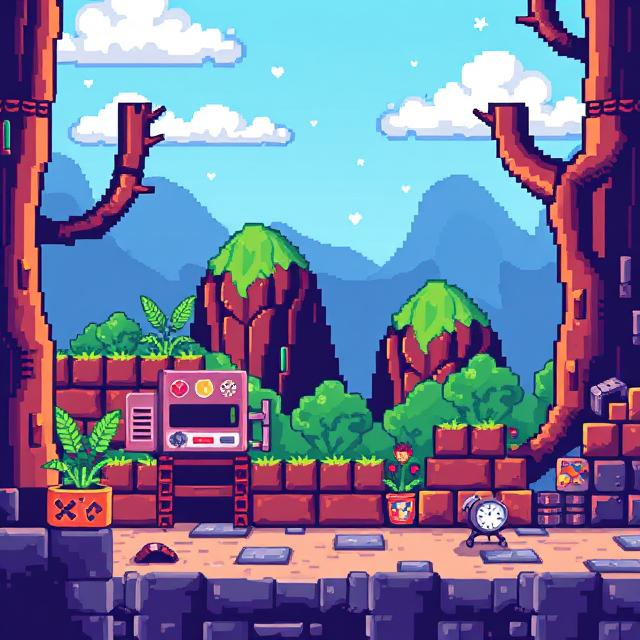Pixel art has become a beloved art style in indie and retro-inspired games, blending nostalgia with creative simplicity. Creating high-quality pixel art requires more than just Photoshop—it needs dedicated tools tailored for low-resolution precision, palette control, and animation.
Some of the most popular pixel art tools include:
- Aseprite – a feature-rich, animation-friendly editor designed specifically for pixel art.
- Piskel – a free browser-based tool for quick sprite creation.
- GraphicsGale – classic Windows software with excellent frame control and onion-skinning.
- Pyxel Edit – great for tile-based pixel work, perfect for grid games or RPG maps.
- Pro Motion NG – a professional-grade editor often compared to Deluxe Paint.
These tools allow for precise pixel control, frame-by-frame animation, and real-time previews. Features like color indexing, dithering brushes, and onion-skinning help artists maintain consistency across frames and animations.
Creating a pixel art game also involves integrating visuals into the game engine. Engines like Godot, Unity (with 2D tools), and GameMaker Studio offer strong support for importing and animating sprites, handling tilesets, and managing resolution scaling.
Pixel art doesn’t mean “simple.” Modern pixel games like Celeste, Dead Cells, and Hyper Light Drifter show that the style can be just as expressive and cinematic as 3D realism when paired with the right software and artistic vision.
In a world of increasingly high-fidelity graphics, pixel art reminds us that charm, personality, and clarity can be achieved through minimalism—and it all starts with the right tools.


Leave a Reply